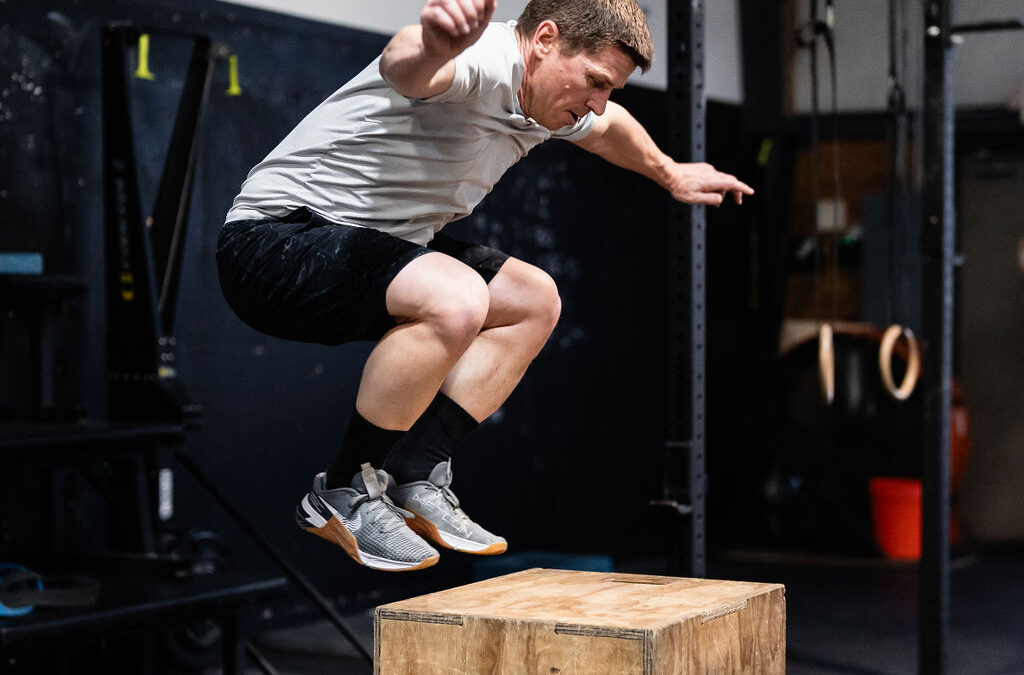At Black Flag Athletics—and honestly, at any gym that cares about helping people train smarter—you’ll probably hear coaches mention the nervous system from time to time. Maybe it’s something like, “That’ll light up your CNS,” or “This workout is pretty demanding neurologically.” But what does that actually mean? While it’s easy to focus on muscles since they’re what we see working, the real boss behind the scenes is the nervous system. It’s what tells your body how to move, when to move, and how hard to push. The more you understand it, the better you can train—not just harder, but smarter. Knowing how the nervous system works helps you time your efforts, manage your recovery, and get better results without burning out.
While your muscles do the lifting, sprinting, and jumping, it’s your nervous system that calls the shots. It orchestrates every contraction, every bit of coordination, and every burst of power. The better you understand it, the better you can train—knowing when to push, when to back off, and how to build programs that create performance without burnout.
Your nervous system is your body’s command center. It’s made up of two main components: the central nervous system (CNS), which includes your brain and spinal cord, and the peripheral nervous system (PNS), which connects the CNS to the rest of your body. Think of the CNS as the conductor and the PNS as the orchestra. The interaction between the two is what makes movement possible—from gripping a barbell to running a mile.
From a training standpoint, the nervous system governs key muscular actions like motor unit recruitment (deciding how many muscle fibers to engage), rate coding (how fast neurons fire to generate force), and coordination (making sure movements are smooth and efficient). The nervous system also controls heart rate, blood flow, and oxygen delivery—meaning your ability to maintain a pace during a workout is regulated just as much by the nervous system as it is by your lungs or legs.
And here’s the cool part—it adapts. The more we challenge it with structured, well-designed training, the better it gets. You become more efficient, more explosive, more responsive. This is especially true for strength and power development. Research by Enoka & Duchateau (2017) shows that in the early stages of training, most strength gains are due to neural adaptations, NOT muscle growth.
When training is done right, you’ll see things like better motor unit synchronization—more coordinated and powerful movements. You’ll see an increased neural drive—faster, stronger messages from brain to muscle. You’ll even notice faster reflexes and reaction times, which are critical in sport and life.
But, and this is important: the nervous system can only take so much. If you go too hard, too often, with no plan or recovery in place, things will backfire. You’ll start to feel sluggish, sore for days, unable to hit numbers you could before. Motivation drops, sleep suffers, performance tanks. The research is clear on this too—chronic overreaching and under-recovering is a fast track to burnout (Meeusen et al., 2013).
That’s why thoughtful training design matters so much. Periodization—planning phases of training that alternate high, moderate, and low intensity—isn’t just for elite athletes. It’s how everyone should train if the goal is long-term improvement. Random workouts may feel fun and intense, but without structure, they can lead to stagnation or regression.
There are also specific strategies to activate and improve nervous system function. Post-activation potentiation (PAP), for example, uses a heavy lift followed by an explosive movement—think power cleans followed by jump squats—to increase neural drive and output. For the general population, simply manipulating work-to-rest ratios can have a big effect. If you’re doing heavy or explosive work, give yourself enough rest to allow the nervous system to recover and fire again.
Recovery (or low intensity) days are just as important as training days. Very low-intensity work like walking, mobility, or breath work can help keep the system functioning while giving it a break. Sleep is critical—7 to 9 hours of quality sleep per night gives the brain and nervous system time to repair and adapt. And managing stress, both inside and outside the gym, plays a massive role. Chronic stress hits the nervous system hard, so strategies like meditation or just unplugging for a while can go a long way.
In the end, the nervous system is the key to performance. When it’s dialed in, everything feels smoother, stronger, faster. As coaches and athletes, we have a responsibility to understand how it works, respect its limits, and train in a way that builds it up—not tears it down. Because the goal isn’t to survive today’s workout—it’s to get better for months and years to come.
Yours In Fitness,
CSCS | CFL3 | Fitness Specialist | Biomechanics Specialist | USAWL1
“Take care of your body. It’s the only place you have to live.”
Owner/Head Coach – Black Flag Athletics

